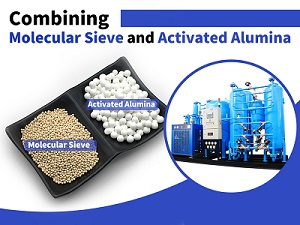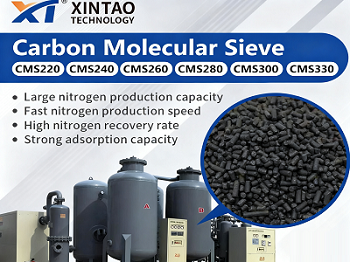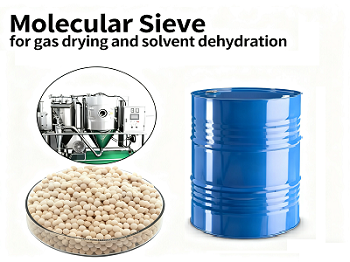Table of Contents
ToggleWhat is High Alumina Ball?
High alumina ball is referred to as high alumina ceramic ball because of its high alumina content. High alumina balls can be further divided into 90%, 92%, 99% and other series according to the alumina content.
Features and Applications
High alumina balls have excellent properties such as high strength, high hardness, wear resistance, high specific gravity, small size, high temperature resistance, corrosion resistance, and no pollution. They are widely used in the fine processing and deep processing of thick and hard materials in various ceramics, enamel, glass, chemical and other factories.
92% High Alumina Ball
Taking 92% high-alumina balls as an example, their specific gravity (density) should be above 3.60, the alumina content should be above 92%, and the iron content should be low. With the same raw materials, the same formula and the same firing temperature, the smaller the fineness of the raw material after grinding, the higher the specific gravity and the better the wear resistance. The specific gravity of high-alumina balls is mainly affected by powder and firing.
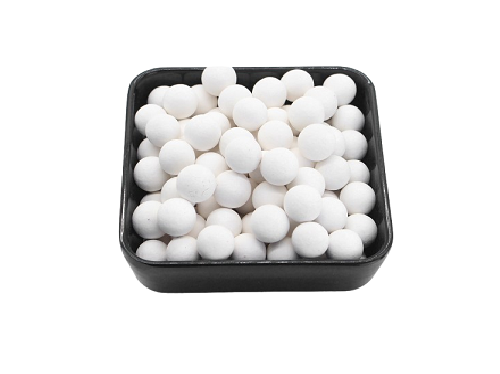
Factors such as raw firing (undercooked), too coarse powder and added miscellaneous materials will lead to insufficient specific gravity of the balls. Balls with low specific gravity are not wear-resistant and easy to crack, but high specific gravity does not mean that the ball must be wear-resistant, because over-sintered ball can also reach a higher specific gravity.
What is the most important quality of high alumina ceramic balls?
The most important quality of ceramic ball is wear resistance. Some testing agencies can also do wear tests. These test reports can show the quality of ball, but the data is for reference only, because the environmental conditions for laboratory testing are very different from the production environment. First of all, the test is water-milled, while many manufacturers use dry grinding. Secondly, in many cases, no other raw materials are added in the test, only the friction between the balls, while various raw materials are added in the actual production process.
Factors affecting the wear of ceramic balls
In the actual use process, to detect the wear of the ball, more records must be made. After the initial proportioning, by recording the number of balls added and combining the output, the wear of the ball in production can be calculated, so as to compare the cost of high-aluminum balls and other grinding balls, and also compare the quality of the balls between manufacturers. In addition to the hardness and fineness of the feed, factors that affect the wear of the ball stone include the grinding method (such as the difference between dry grinding and wet grinding), the rotation speed of the ball mill, whether the ratio of the ball stone is reasonable, the viscosity of the feed, and other factors.
High alumina ball used in other industries
In addition to the ceramic industry, the quartz, chemical and other industries are also trying to use high-alumina balls for production. Among them, the quartz plant is mainly used to produce silicon micropowder. Practice has proved that if the production of 325 mesh silicon micropowder is replaced by high-aluminum balls for grinding, it can significantly improve the output and product quality, such as whiteness and uniformity, and because the loss rate is not as fast as quartz balls, it saves the manpower and time cost of adding ball stones.
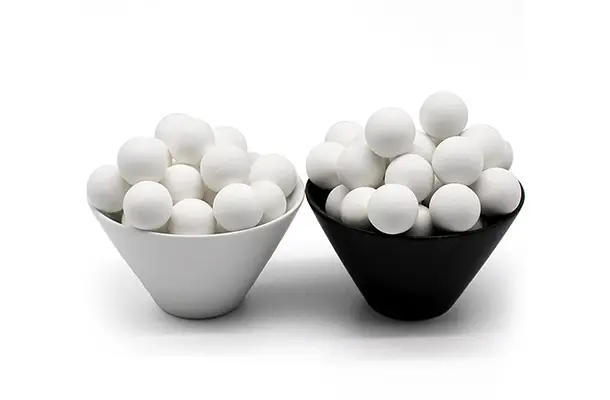
High Alumina Ball
Contact Xintao
Please feel free to contact if you are looking for any details of high alumina ball, or if you have any questions.

